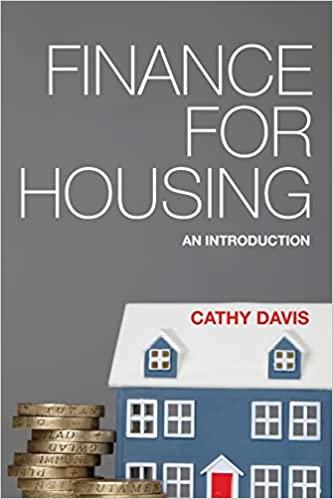Question
You are interested in valuing several bonds. The binomial interest rate tree that describes the evolution of the one-year interest rate in different interest rate
You are interested in valuing several bonds. The binomial interest rate tree that describes the evolution of the one-year interest rate in different interest rate states is presented in the following table.
| Year 0 | Year 1 | Year 2 | Year 3 |
| 3.5% | 5.429% (h) | 7.005% (hh) | 9.199% (hhh) |
| 4.445% (l) | 5.735% (hl) | 7.531% (hhl) | |
| 4.696% (ll) | 6.166% (hll) | ||
| 5.048% (lll0) |
The annual spot rates for different maturities are presented in the following table.
| 1 Year | 2 Years | 3 Years | 4 Years |
| 3.5% | 4.2147% | 4.7345% | 5.2707% |
Assume that the par value is $100 and all bonds pay coupon annually.
a. Using the binomial interest rate tree, value a callable bond with three years to maturity. The bond is callable at par at the end of year 2. The bond pays 5.5% coupon. Please show the bond value tree and the call decision at each node. Retain accuracy to 3 decimal places.
b. What is the value of the call option embedded in the above callable bond? Retain accuracy to 3 decimal places.
c. Putable bonds are bonds in which the bondholders have the right (put option) to force the issuer to pay off the bond at a put price prior to the maturity date, i.e. the bondholders will put back the bonds to the issuer and receive a put price if they exercise the put option before maturity. The valuation of putable bonds using a binomial tree follows closely that of callable bonds. The bondholders will exercise the put option when the present value of the future cash flows is less than the put price because they lend money. Therefore, the bond value at a node where the bond is putable is the maximum of the put price and discounted expected future cash flows. Using the backward induction method and the binomial interest rate tree provided above, value a putable bond with four years to maturity. The bond is putable at par (put price = par value) at the end of year 2 and year 3. The bond pays 5.5% coupon. Please show the bond value tree and the put decision at each node. Retain accuracy to 3 decimal places.
d. What is the value of the put option embedded in the above putable bond? Retain accuracy to 3 decimal places.
Step by Step Solution
There are 3 Steps involved in it
Step: 1

Get Instant Access to Expert-Tailored Solutions
See step-by-step solutions with expert insights and AI powered tools for academic success
Step: 2

Step: 3

Ace Your Homework with AI
Get the answers you need in no time with our AI-driven, step-by-step assistance
Get Started


